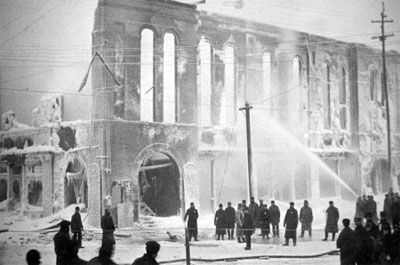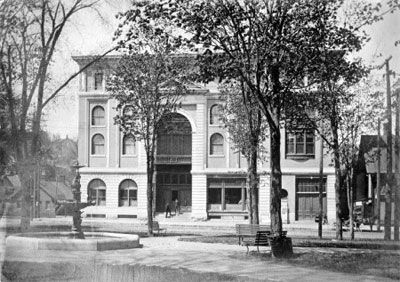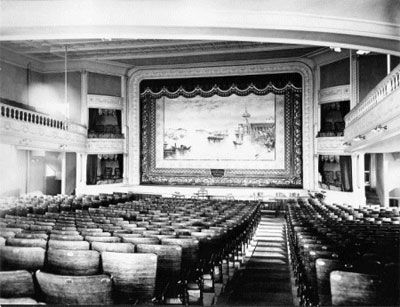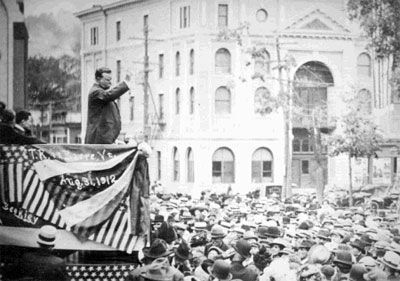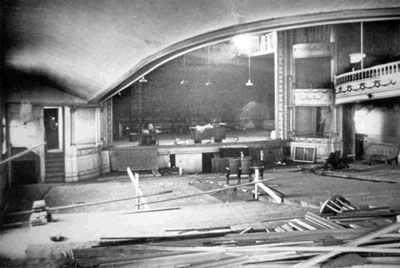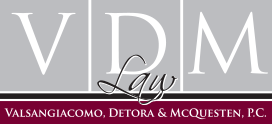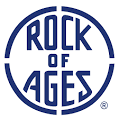After the original Barre City Hall/Barre Opera House building, built only twelve years before, was destroyed by fire in 1898, the current building was erected on the same site. The new Opera House, considered the finest in Vermont, seated 1,000 patrons and opened on August 23, 1899.
For its first 45 years, the Opera House served as performance space and community gathering site for such important events as the appearances of Helen Keller and her teacher Annie Sullivan, socialist Eugene Debs, George M. Cohan and his family, anarchist Emma Goldman, John Philip Sousa and his band, Tom Mix and his horse. In 1912, the Opera House’s outer balcony served as a political soapbox for President William Howard Taft and as a backdrop for a Barre rally featuring former President Theodore Roosevelt. Through the 1930s and 40s the Opera House functioned primarily as a movie theater with occasional breaks in the schedule for variety shows, boxing and wrestling matches. However, with the addition of more modern movie theaters in town, the Barre Opera House doors closed in January, 1944, not to open again for almost 40 years.


